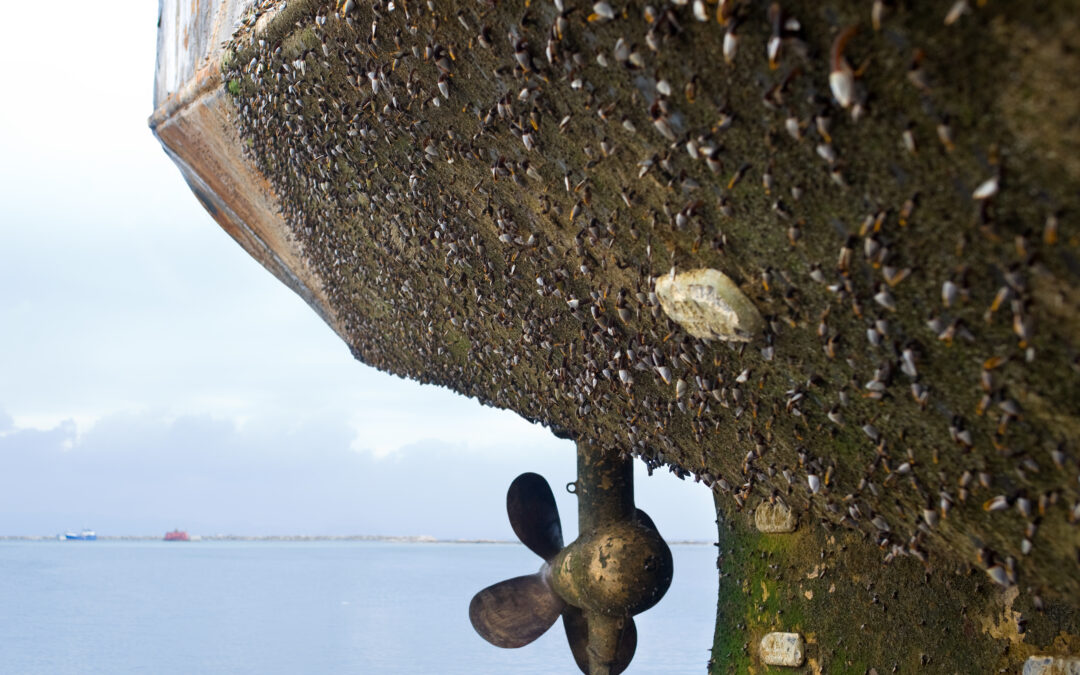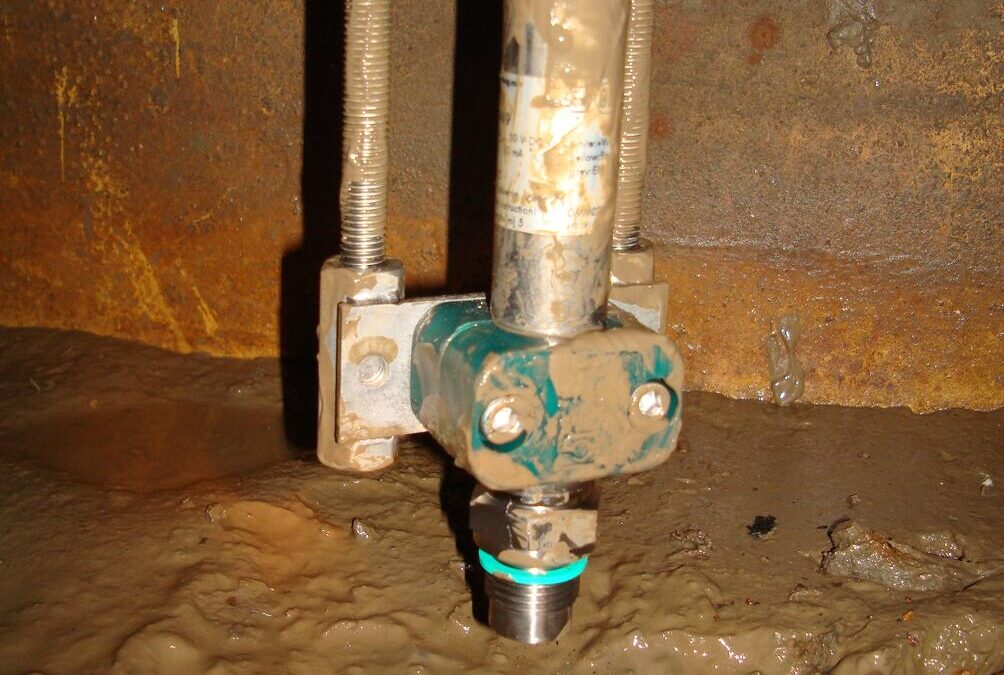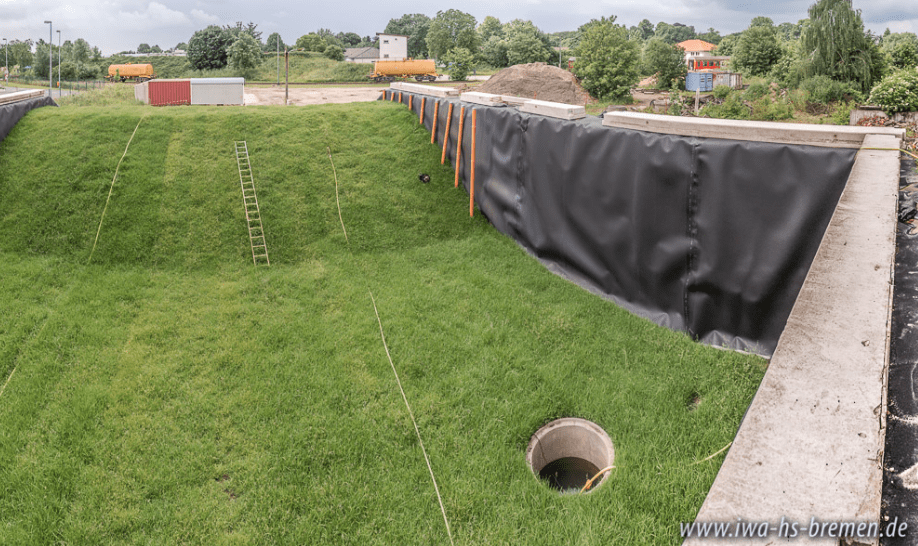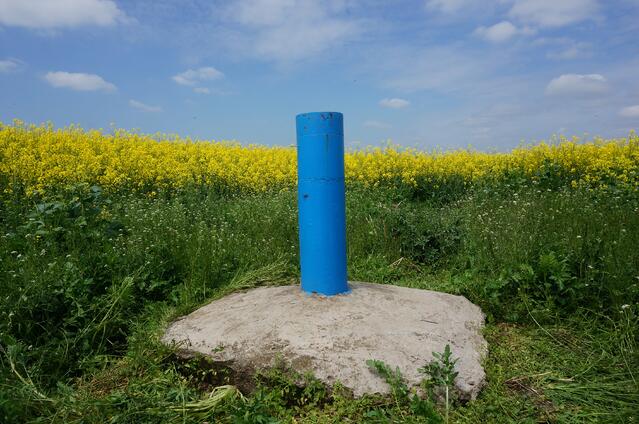
Hydrogen effect on piezo transducers (bio fouling)
BIOFOULING
Biofouling or biological fouling is the accumulation of microorganisms, plants, algae or animals on wetted surfaces, devices such as water inlets, pipework, grates, ponds and of course on measuring instruments, causing degradation to the primary purpose of those items.
ANTIFOULING
Antifouling is the process of removing or preventing these accumulations from forming. There are different solutions to reduce / prevent fouling processes at the ship hulls and in sea or brackish water tanks.
Special toxic coatings that kill the biofouling organisms; with the new EU Biocide directive many coatings were forbidden due to environment safety reasons.
- Non-toxic anti-sticking coatings that prevent attachment of microorganisms on the surfaces. These coatings are usually based on organic polymers. They rely on low friction and low surface energies.
- Ultrasonic antifouling. Ultrasonic transducers may be mounted in or around the hull on small to medium-sized boats. The systems are based on technology proven to control algae blooms.
- Pulsed laser irradiation. Plasma pulse technology is effective against zebra mussels and works by stunning or killing the organisms with microsecond duration, energizing of the water with high voltage pulses.
- Antifouling via electrolysis
- Organisms cannot survive in a copper ions environment.
- Copper ions occur by electrolysis with a copper anode.
- In most of the cases, the tank housing or the ship hull serves as cathode.
- A copper anode installed in the configuration generates an electrolysis between the anode and the cathode.
Hydrogen can appear due to ballast water treatment systems (electrolysis and UV-systems).
Gap corrosion caused by collection of chlorine between O-ring and body of the sensor can be
avoided by use of titanium sensors.
EFFECT OF ELECTROLYSIS ON THE PIEZO RESISTIVE TRANSDUCER
- A result of the electrolysis are positive hydrogen ions
- Because of their polarization, the hydrogen ions move towards the cathode (tank housing or ship hull) where the transducer is installed.
- In case of direct contact between tank and transducer, the hydrogen ions will permeate through the thinnest component of the anode, which is the diaphragm of the transducer.
- After permeation of hydrogen ions through the diaphragm, the hydrogen ions grab an electron and transform into molecular hydrogen (H2). The hydrogen accumulates in the fill fluid of the transducer.
- If this effect lasts for a longer period, the concentration of hydrogen in the fill fluid will increase and the diaphragm will be bloated. As a result, the sensor drifts and issues an incorrect value.
Research results according to a laboratory for Material Science
Stainless steel pressure transmitters used during 2-3 years in ballast tanks of ships were investigated.
For this application, the sensor should be made of a more corrosion-resistant material such as
titanium.
By using titanium, we also prevent gap corrosion caused by clorine
RECOMMENDATION
According to this findings, STS Sensor Technik Sirnach AG has been successfully using piezo-resistive elastomer-free sensors with housing and membrane in titanium for applications in marine, brackish water and sea water applications for over 10 years.






